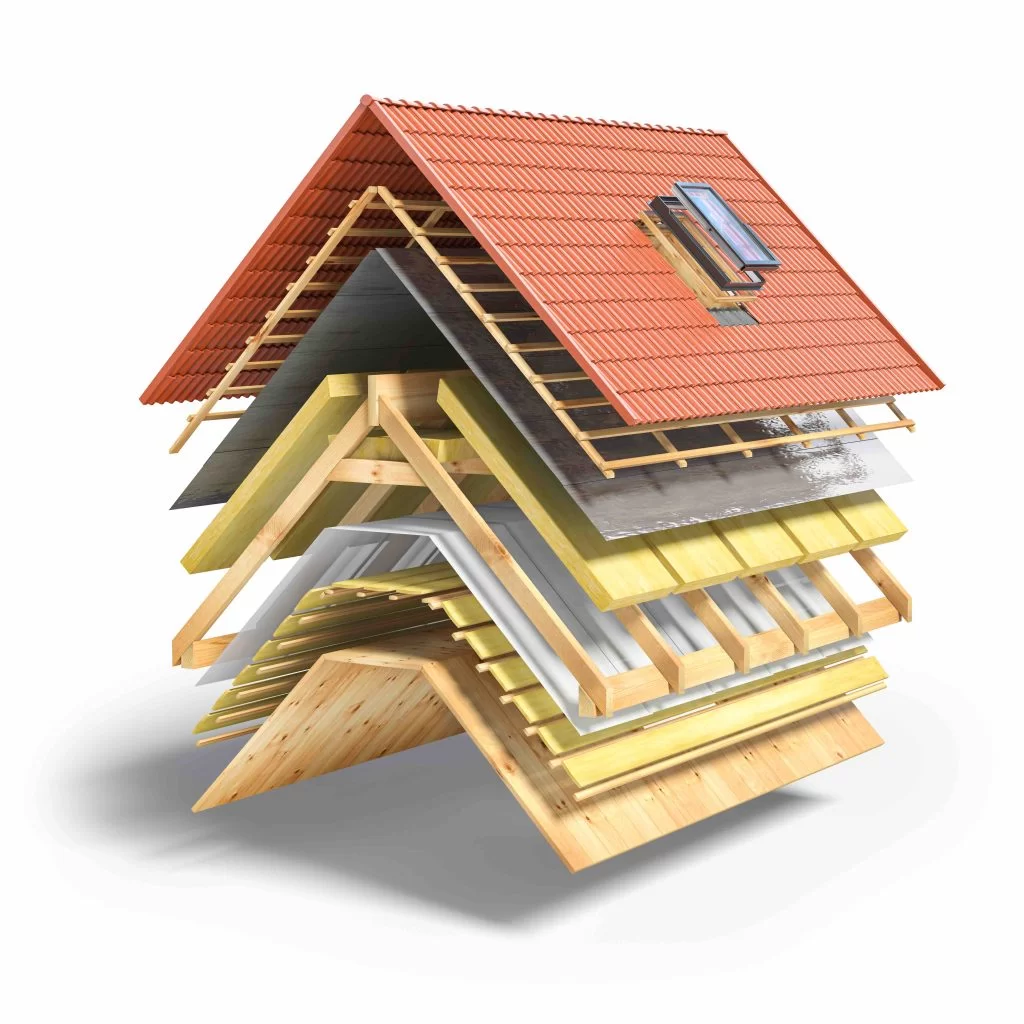Roofing 101: Understanding the Anatomy of Your Roof
Here’s a breakdown of the key components that make up your roof:
The outermost layer of your roof, which includes materials like asphalt shingles, metal panels, or clay tiles, plays a crucial role in safeguarding your home from the elements while also contributing to its overall aesthetic appearance. These roofing materials not only provide protection against rain, wind, and other natural forces but also add a distinct charm and style to your property. By carefully selecting and installing the right roofing materials, you can ensure a durable and visually appealing roof that stands the test of time.
Gutters and downspouts play a crucial role in safeguarding your home’s foundation by collecting rainwater runoff from the roof and effectively redirecting it. With properly functioning gutters, you can prevent potential water damage to not only your roof but also your siding and foundation. By efficiently channeling the rainwater away from your home, these gutters become your first line of defense against any potential harm caused by water. Trust in the reliable performance of well-maintained gutters to protect your valuable investment.
Sources
– “Anatomy of a Roof” – [The Spruce](https://www.thespruce.com/anatomy-of-a-roof-1821980)

